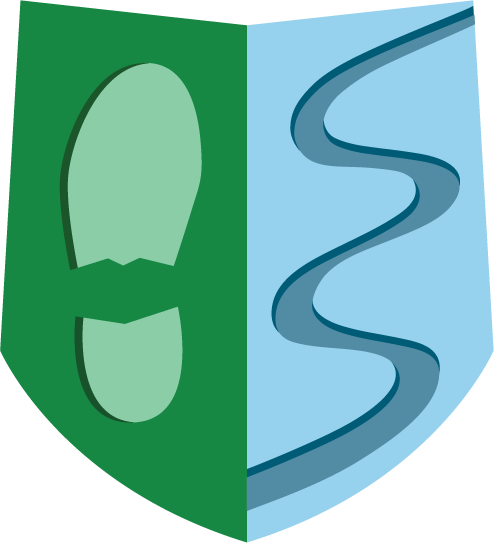Triglav (2,864 m) has always had a symbolic significance for Slovenes, especially since the country’s independence. It also offers its name to Slovenia’s only national park. Triglav is a frequent destination for mountaineers and is accessible from the Vrata, Kot and Krma valleys, from Trenta, from Pokljuka and from Bohinj.
 Triglav, Franci Teraž
Triglav, Franci Teraž
The Triglav North Face is considered one of the most magnificent mountain faces in the Alps. This mighty impression is mainly due to its width (3 km) and height (around 1,000 m). The greatest altitude difference is around 1,200 metres, and the average incline is 45 degrees. In the vertical direction, the wall is dissected by pillars and ravines, along which many mountain climbing trails run. Among the most famous are the Slovenian Route, the German Route and the mighty Central Pillar. The longest climbing route runs from the valley to the peak of Mount Triglav. The Face was first climbed in 1890 by the Trenta hunter Berginc. The routes over the Čop Pillar, the Sphinx and the Zlatorogove police are particularly popular among mountaineers.
In the western part of the Face, along the geological fault, is its lowest point, the Luknja Pass (1,758 m), the historic gateway between the valleys of the Sava and Soča rivers.




